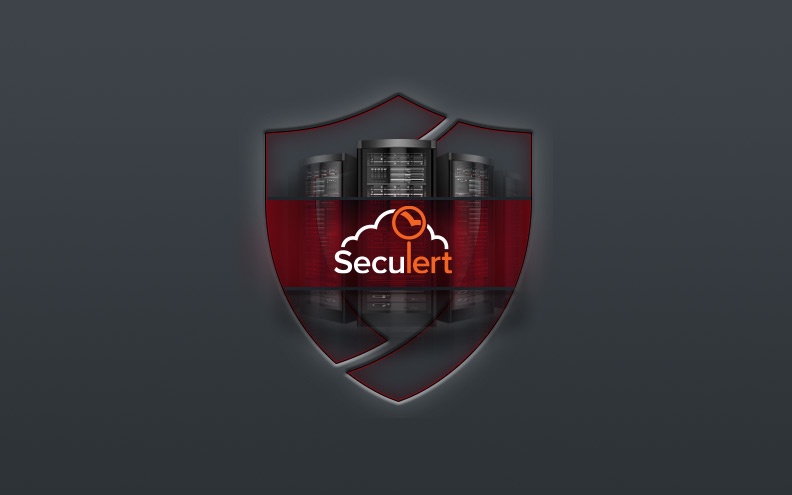As more companies deploy sandboxing technology to catch advanced malware, many attackers are adding code to their program to detect if the attack running in a virtual machine.
latest insights
seculert blog

Dyre Malware Developers Add Code to Elude Detection by Analysis Tools
As more companies deploy sandboxing technology to catch advanced malware, many attackers are adding code to their program to detect if the attack running in a virtual machine.
read moreDyre Banking Trojan Counts Processor Cores to Detect Sandboxes
Researchers have come across a new version of the Dyre banking malware that leverages a clever yet simple technique to evade sandboxes and prevent analysis.
read moreDyre Banking Trojan Jumps Out Of Sandbox
A number of unidentified commercial and freely available sandboxes fail to detect a new version of the Dyre banking Trojan, which was recently blamed for more than $1 million in losses to financial institutions and enterprises. - See more at: https://threatpost.com/dyre-banking-trojan-jumps-out-of-sandbox#sthash.c0CmYihA.dpuf
read moreDyreza Banking Trojan Variant Evades Sandbox Solutions
Researchers have documented a new variant of the Dyreza banking trojan, a member of the Dyre malware family, which has the capability to evade an array of sandbox solutions.
read moreDyre Banking Trojan Counts Processor Cores to Detect Sandboxes
According to Seculert, the new Dyre sample they’ve analyzed is designed to check the number of processor cores on the infected machine. Since most modern PCs have at least two cores, a single core could indicate the presence of a sandbox. That is because sandboxes are usually configured to use only one core in order to save resources.
read moreDyre Trojan Adds New Sandbox-Evasion Feature
New tactic makes it that much harder to detect, says Seculert.
read moreState of Perimeter Security Defenses Report
Seculert Research Finds Critical Gaps in Gateway Solutions
read moreCurrent Threat Prevention Systems Are Not Enough Protection for Enterprises
Infected devices behind a company’s protected network can still communicate with the outside without being detected, despite properly configured perimeter defenses, show the results of a recent study.
read moreSeculert Research Finds Critical Gaps in Gateway Solutions
Seculert Research Finds Critical Gaps in Gateway Solutions
Study concludes hundreds of thousands of malicious communications go undetected
Santa Clara, CA - April 16, 2015 – Seculert, the leader in automated breach detection, today released its “State of Perimeter Security Defenses Report,” identifying critical security gaps in the security strategy currently employed across the world’s largest enterprises. Seculert examined a subset of its installed base environments that included nearly 800,000 client devices, generating nearly 62 billion total communications emanating from Fortune 2000 Companies in North America.
The 50 Best Cloud Security Blogs of 2015
There’s a lot going on around cybersecurity – so where do you go to get the best and most useful news on what hackers, security experts, big firms and government offices are doing, and what you can do to stay safe? Here are 50 of our favorite spots for actionable security “intel.”
read morecategories
- chevron_right In the Media (82)
- chevron_right News & Media (82)
- chevron_right Resources (17)
- chevron_right Press Releases (12)
- chevron_right Webinars (9)
- chevron_right Blog (5)
- chevron_right White Papers (4)
- chevron_right Reports (3)
- chevron_right 2015 (2)
- chevron_right Events (2)
- chevron_right Product (2)
- chevron_right 451 Report (1)
- chevron_right Black Hat, Security Analytics (1)
- chevron_right Brochures & Datasheets (1)
- chevron_right Gateway Attack Detection (1)
- chevron_right In the News (1)
- chevron_right Javelin (1)
- chevron_right Javelin Attack Simulator (1)
- chevron_right Uncategorized (1)
recent post
-
An Acquisition is Akin to a Rollercoaster Ride
Feb 15, 2017 9:32:37 PM -
Let’s Hack an Election, Shall We?
Nov 2, 2016 1:55:28 AM -
Nymaim: Deep Technical Dive - Adventures in Evasive Malware
Oct 11, 2016 3:30:00 PM
Liora
Recent Posts
Dyre Malware Developers Add Code to Elude Detection by Analysis Tools
Topics: News & Media, In the Media
Dyre Banking Trojan Counts Processor Cores to Detect Sandboxes
Researchers have come across a new version of the Dyre banking malware that leverages a clever yet simple technique to evade sandboxes and prevent analysis.
Topics: News & Media, In the Media
A number of unidentified commercial and freely available sandboxes fail to detect a new version of the Dyre banking Trojan, which was recently blamed for more than $1 million in losses to financial institutions and enterprises. - See more at: https://threatpost.com/dyre-banking-trojan-jumps-out-of-sandbox#sthash.c0CmYihA.dpuf
Topics: News & Media, In the Media
Researchers have documented a new variant of the Dyreza banking trojan, a member of the Dyre malware family, which has the capability to evade an array of sandbox solutions.
Topics: News & Media, In the Media
Dyre Banking Trojan Counts Processor Cores to Detect Sandboxes
According to Seculert, the new Dyre sample they’ve analyzed is designed to check the number of processor cores on the infected machine. Since most modern PCs have at least two cores, a single core could indicate the presence of a sandbox. That is because sandboxes are usually configured to use only one core in order to save resources.
Topics: News & Media, In the Media
New tactic makes it that much harder to detect, says Seculert.
Topics: News & Media, In the Media
Seculert Research Finds Critical Gaps in Gateway Solutions
Current Threat Prevention Systems Are Not Enough Protection for Enterprises
Infected devices behind a company’s protected network can still communicate with the outside without being detected, despite properly configured perimeter defenses, show the results of a recent study.
Topics: News & Media, In the Media
Seculert Research Finds Critical Gaps in Gateway Solutions
Seculert Research Finds Critical Gaps in Gateway Solutions
Study concludes hundreds of thousands of malicious communications go undetected
Santa Clara, CA - April 16, 2015 – Seculert, the leader in automated breach detection, today released its “State of Perimeter Security Defenses Report,” identifying critical security gaps in the security strategy currently employed across the world’s largest enterprises. Seculert examined a subset of its installed base environments that included nearly 800,000 client devices, generating nearly 62 billion total communications emanating from Fortune 2000 Companies in North America.
Topics: Press Releases
There’s a lot going on around cybersecurity – so where do you go to get the best and most useful news on what hackers, security experts, big firms and government offices are doing, and what you can do to stay safe? Here are 50 of our favorite spots for actionable security “intel.”
Topics: News & Media, In the Media



